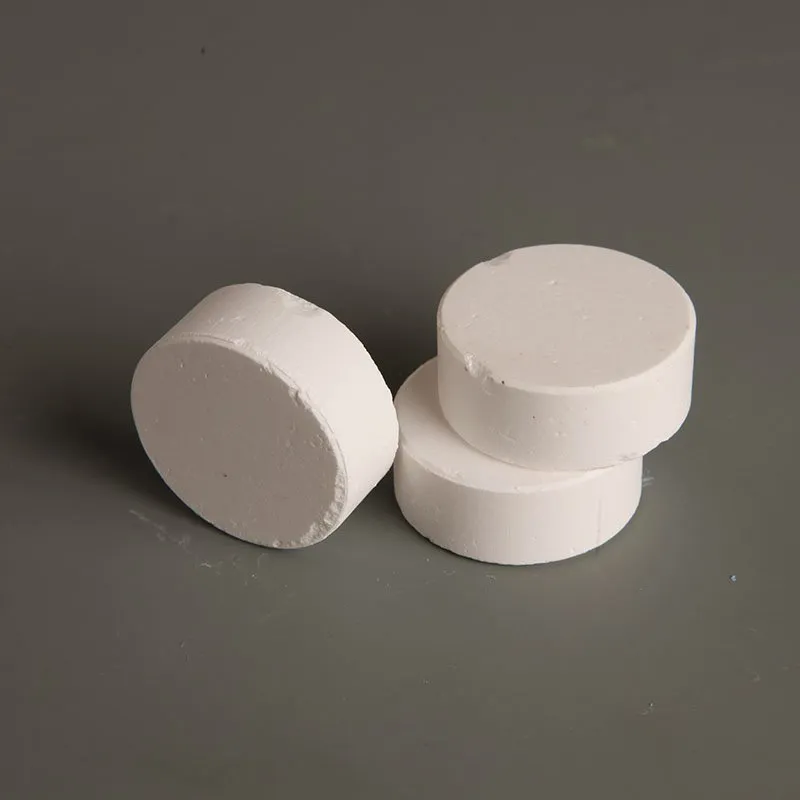



sodium sulfide solution sds
Understanding Sodium Sulfide Solution and Its Safety Data Sheet (SDS)
Sodium sulfide, a chemical compound with the formula Na2S, is predominantly used in various industrial applications, particularly in the textiles, paper, and chemical industries. It exists as a white to yellowish solid and is highly soluble in water, forming a strongly alkaline solution. Despite its usefulness, sodium sulfide also poses several health and environmental hazards, which are crucial to understand for safe handling and use.
A Safety Data Sheet (SDS) is an essential document that provides detailed information on the properties, hazards, and safety measures related to a chemical substance. For sodium sulfide solution, the SDS outlines critical information necessary for anyone who might work with or be exposed to this compound.
Physical and Chemical Properties
The SDS describes the physical and chemical properties of sodium sulfide solution. It typically appears as a yellowish liquid with a pungent odor similar to rotten eggs due to the production of hydrogen sulfide gas. The solution is highly corrosive, and it can cause severe burns to the skin and eyes. It is essential to handle the solution with proper protective gear, including gloves, goggles, and face shields.
Hazards Identification
The hazards associated with sodium sulfide solution include respiratory irritation, dermal exposure risks, and environmental threats. When inhaled, sodium sulfide can result in respiratory issues, while skin contact can cause severe irritation and chemical burns. The SDS emphasizes the importance of using the chemical in well-ventilated areas and implementing engineering controls to minimize exposure.
sodium sulfide solution sds

First Aid Measures
In the event of an accident, the SDS provides clear first-aid instructions. If contact occurs, it is crucial to flush the affected area with copious amounts of water for at least 15 minutes and to seek medical attention immediately. If inhaled, the affected individual should be moved to fresh air and given oxygen if necessary. Prompt response is vital in mitigating the impact of exposure.
Handling and Storage
The SDS also includes guidelines for the safe handling and storage of sodium sulfide solution. It should be stored in a cool, dry, and well-ventilated area away from incompatible materials such as acids and oxidizers. Containers should be tightly sealed, and proper secondary containment should be used to prevent leaks and spills.
Conclusion
In summary, understanding the properties and safety measures related to sodium sulfide solution is essential for anyone involved in its handling or application. The SDS plays a crucial role in ensuring safety by providing comprehensive information on the hazards, first-aid procedures, and guidelines for safe use, thereby reducing potential risks to health and the environment. Always refer to the SDS before working with chemicals to ensure compliance with safety protocols and guidelines.
-
Potassium Nitrate: The Ultimate Fertilizer for Agriculture and GardeningNewsAug.25,2025
-
Potasium Persulphate: A Versatile Chemical for Industrial ApplicationsNewsAug.25,2025
-
Industrial Applications of Sodium HydroxideNewsAug.25,2025
-
Industrial & Household Uses of Sodium BisulfateNewsAug.25,2025
-
Chlorine Dioxide: The Ultimate Solution for Disinfection & SanitizationNewsAug.25,2025
-
Barium Sulfate: A Versatile Compound with Critical Medical ApplicationsNewsAug.25,2025
-
Where to Buy Sodium Hydroxide for Sale – Supplier GuideNewsAug.25,2025










